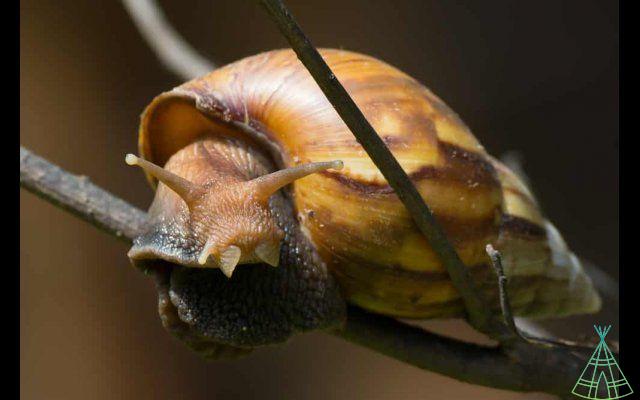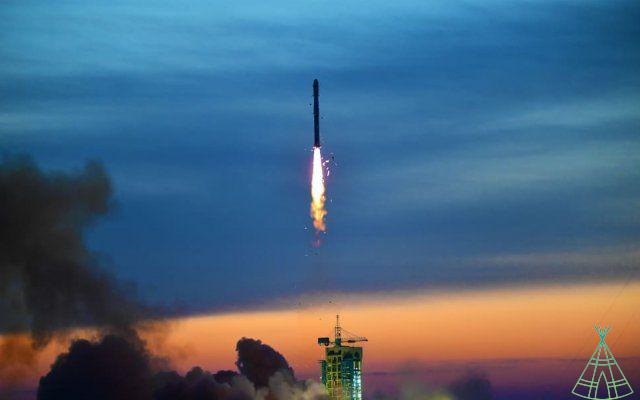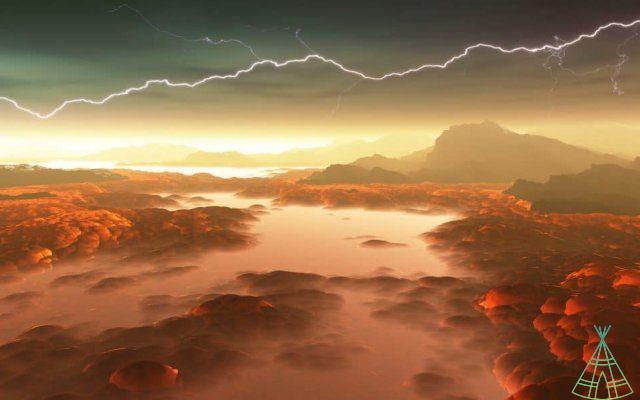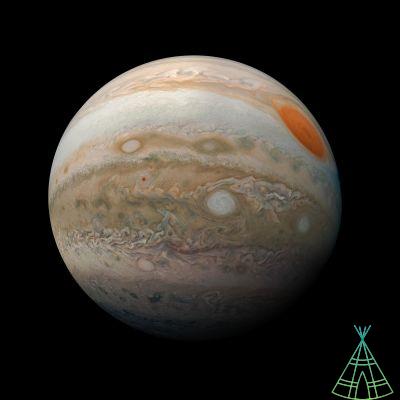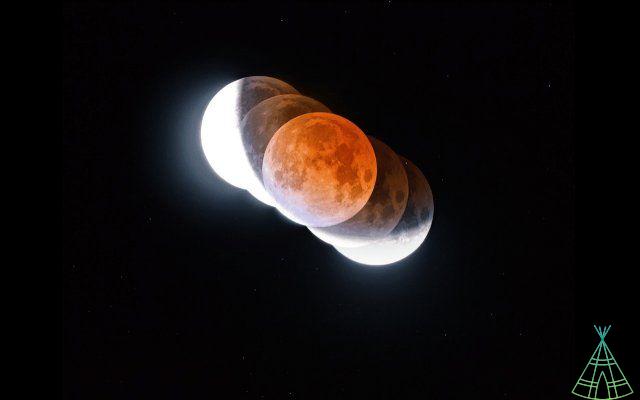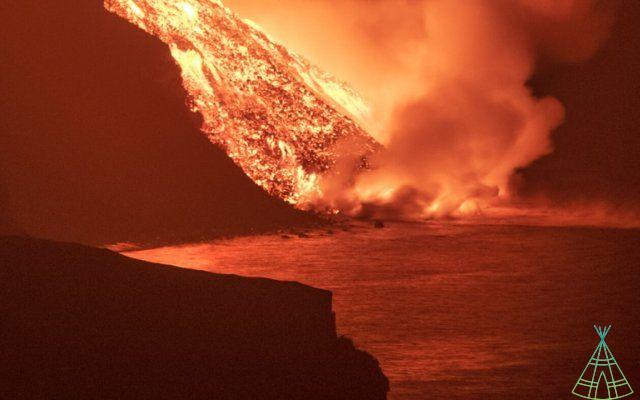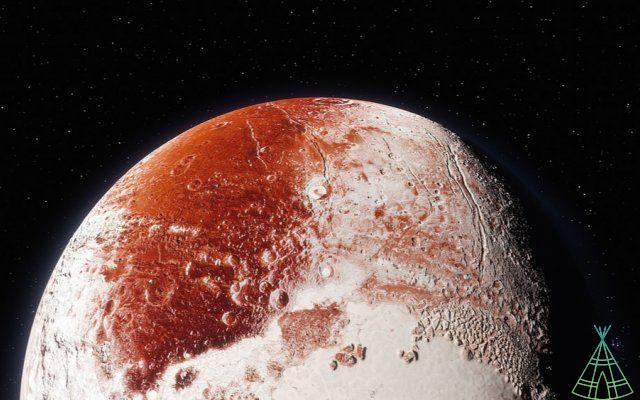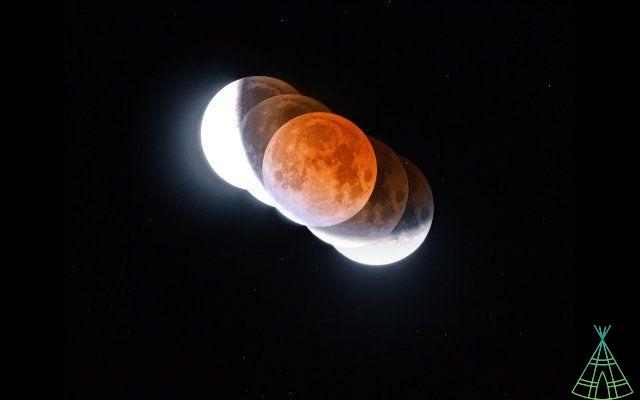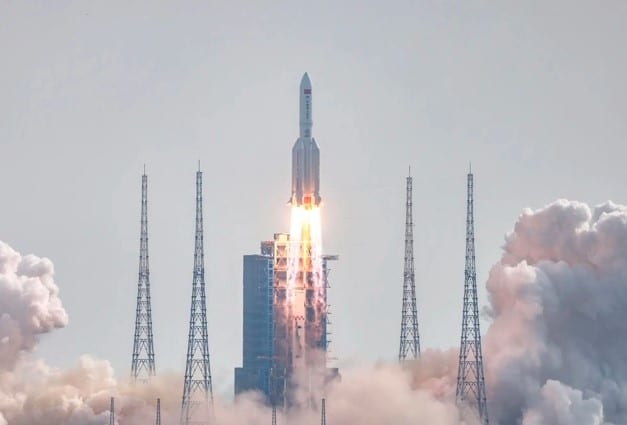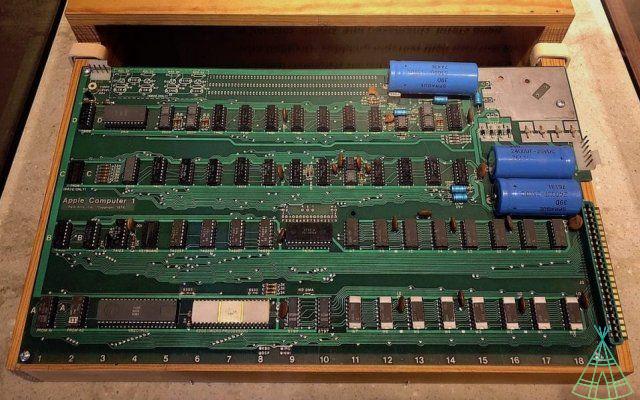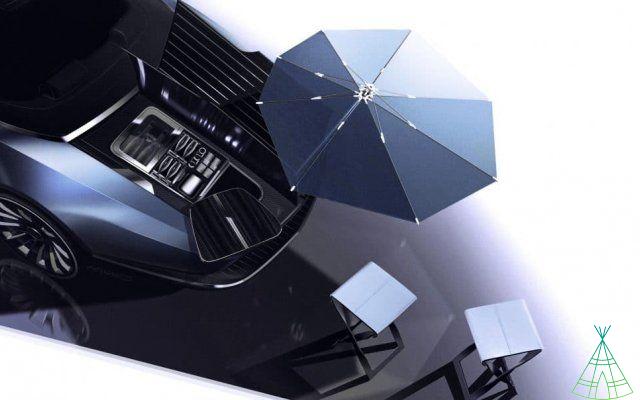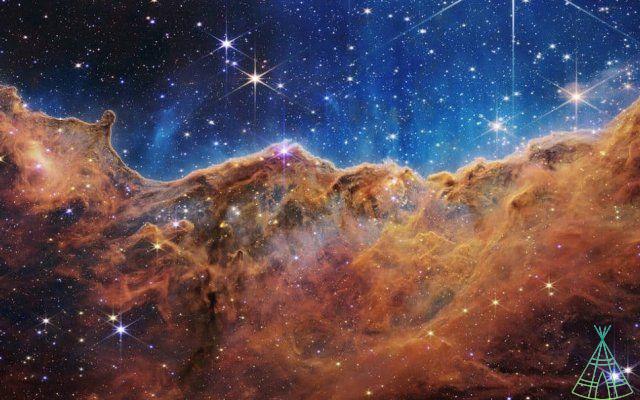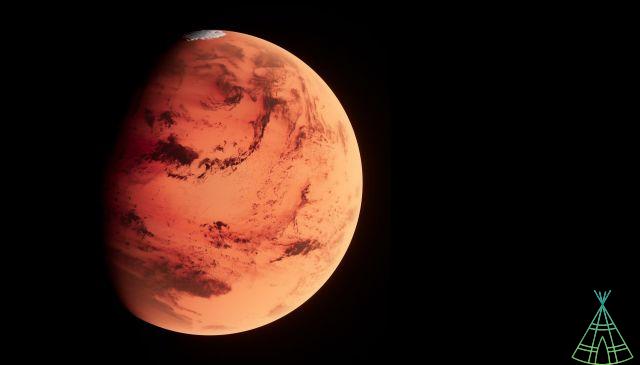
The red planet has two moons, Deimos and Phobos. The problem is that Mars' gravity could be destroying the second one. Between the two, Phobos is the largest moon, is 27 km in diameter and is located 6000 km from the planet. Compared to our Moon, which is 3475 km in diameter and 384400 km away from Earth, the Martian moon is quite small.
The moons of Mars are already very peculiar for not having a circular shape, but Phobos draws more attention for its stripes. These grooves are actually grooves on the surface of the moon that until then were believed to be the result of asteroid collisions. Now, a new study points out that this is not the case. New research published Nov. 4 in The Planetary Science Journal believes these "lunar streaks" are the red planet's gravity acting on the moon.
Read more!
- Historic day! NASA successfully launches Artemis 1 mission to the Moon
- Elon Musk intends to colonize Mars: what do we know about now?
- What would happen if Earth's gravity was the same as Jupiter's?
The Destruction of Phobos
Phobos' orbit is also not one and may be contributing to its destruction. Because it is at a small distance, its orbit is similar to a spiral, where the satellite is falling towards Mars, 1,8 meters every 100 years. This brings the closer and closer to the planet, the more the moon is torn apart by the planet's gravity.
This force acting on Phobos can also be called the tidal force. It is the result of the different gravitational fields generated by Mars at different points on the moon. It acts more strongly in closer points of the planet and less intensely in more distant places, causing flattening and stripes.
At some future time, when closest to Mars, Phobos' gravity holding it together will be less than tidal pulls. This moment will not be good for the moon, which will be disintegrated into small asteroids that will probably form a small ring, the one of Saturn, around the red planet.
The researchers tested this idea in a simulator, which proved that the force of the tides can indeed cause the fissures and consequent disintegration of Phobos. Thus, the moon of Mars, which would cease to exist 40 million years from now when the planet collided, due to its spiral movement, could be destroyed much earlier.
Have watched the new videos on YouTube from Technology Refugee? Subscribe to the channel!




